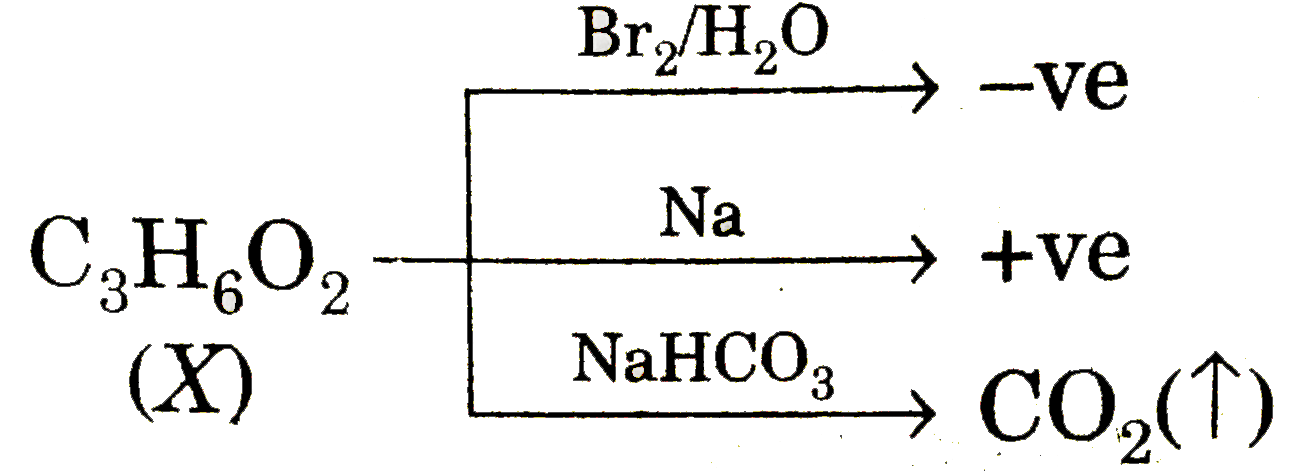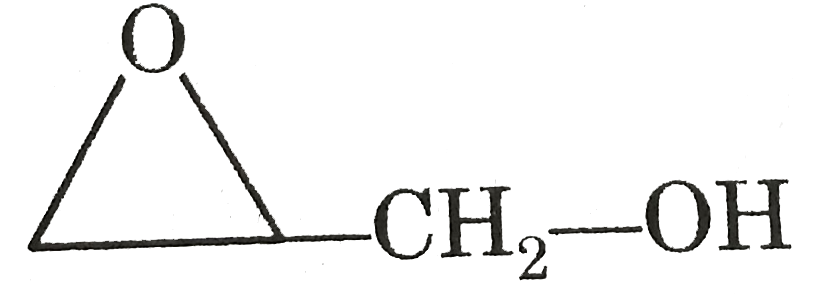Write the empirical formulae of the following :
(i)N2O4(ii)C6H6(iii)C6H12O6(iv)H2O2(v)H2O(vi)Na2CO3(vii)CH3COOH
To find the empirical formula for each compound, we need to determine the simplest whole number ratio of the atoms present in the molecular formula. Here’s how we can derive the empirical formulas for the given compounds step by step:
1. For N₂O₄:
- Count the atoms: 2 Nitrogen (N) and 4 Oxygen (O).
- Divide both by the greatest common divisor (GCD), which is 2.
- Empirical formula: NO₂.
2. For C₆H₆:
- Count the atoms: 6 Carbon (C) and 6 Hydrogen (H).
- Divide both by the GCD, which is 6.
- Empirical formula: CH.
3. For C₆H₁₂O₆:
- Count the atoms: 6 Carbon (C), 12 Hydrogen (H), and 6 Oxygen (O).
- Divide all by the GCD, which is 6.
- Empirical formula: CH₂O.
4. For H₂O₂:
- Count the atoms: 2 Hydrogen (H) and 2 Oxygen (O).
- Divide both by the GCD, which is 2.
- Empirical formula: HO.
5. For H₂O:
- Count the atoms: 2 Hydrogen (H) and 1 Oxygen (O).
- There are no common factors to divide by other than 1.
- Empirical formula: H₂O (remains the same).
6. For Na₂CO₃:
- Count the atoms: 2 Sodium (Na), 1 Carbon (C), and 3 Oxygen (O).
- There are no common factors to divide by other than 1.
- Empirical formula: Na₂CO₃ (remains the same).
7. For CH₃COOH:
- Count the atoms: 2 Carbon (C), 4 Hydrogen (H), and 2 Oxygen (O).
- Divide all by the GCD, which is 2.
- Empirical formula: C₂H₄O₂.
Summary of Empirical Formulas:
- (i) N₂O₄ → NO₂
- (ii) C₆H₆ → CH
- (iii) C₆H₁₂O₆ → CH₂O
- (iv) H₂O₂ → HO
- (v) H₂O → H₂O
- (vi) Na₂CO₃ → Na₂CO₃
- (vii) CH₃COOH → C₂H₄O₂
- Count the atoms: 2 Nitrogen (N) and 4 Oxygen (O).
- Divide both by the greatest common divisor (GCD), which is 2.
- Empirical formula: NO₂.
- Count the atoms: 6 Carbon (C) and 6 Hydrogen (H).
- Divide both by the GCD, which is 6.
- Empirical formula: CH.
- Count the atoms: 6 Carbon (C), 12 Hydrogen (H), and 6 Oxygen (O).
- Divide all by the GCD, which is 6.
- Empirical formula: CH₂O.
- Count the atoms: 2 Hydrogen (H) and 2 Oxygen (O).
- Divide both by the GCD, which is 2.
- Empirical formula: HO.
- Count the atoms: 2 Hydrogen (H) and 1 Oxygen (O).
- There are no common factors to divide by other than 1.
- Empirical formula: H₂O (remains the same).
- Count the atoms: 2 Sodium (Na), 1 Carbon (C), and 3 Oxygen (O).
- There are no common factors to divide by other than 1.
- Empirical formula: Na₂CO₃ (remains the same).
- Count the atoms: 2 Carbon (C), 4 Hydrogen (H), and 2 Oxygen (O).
- Divide all by the GCD, which is 2.
- Empirical formula: C₂H₄O₂.
- (i) N₂O₄ → NO₂
- (ii) C₆H₆ → CH
- (iii) C₆H₁₂O₆ → CH₂O
- (iv) H₂O₂ → HO
- (v) H₂O → H₂O
- (vi) Na₂CO₃ → Na₂CO₃
- (vii) CH₃COOH → C₂H₄O₂
Topper's Solved these Questions
- SOME BASIC CONCEPTS OF CHEMISTRYBOOK - PRADEEPCHAPTER - SOME BASIC CONCEPTS OF CHEMISTRYEXERCISE - ADDITIONAL QUESTIONS (LONG ANSWER QUESTIONS)
15 Videos
- SOME BASIC CONCEPTS OF CHEMISTRYBOOK - PRADEEPCHAPTER - SOME BASIC CONCEPTS OF CHEMISTRYEXERCISE - ANALYTICAL QUESTIONS AND PROBLEMS WITH ANSWERS/SOLUTIONS (QUESTIONS)
9 Videos
- SOME BASIC CONCEPTS OF CHEMISTRYBOOK - PRADEEPCHAPTER - SOME BASIC CONCEPTS OF CHEMISTRYEXERCISE - ADDITIONAL QUESTIONS (VERY SHORT ANSWER QUESTIONS)
16 Videos
- SOLUTIONSBOOK - PRADEEPCHAPTER - SOLUTIONSEXERCISE - IMPORTANT QUESTIONS FOR BOARD EXAMINATION
31 Videos
- SURFACE CHEMISTRY BOOK - PRADEEPCHAPTER - SURFACE CHEMISTRY EXERCISE - IMPORTANT QUESTIONS (FOR BOARD EXAMINATION)
28 Videos
Similar Questions
Write the empirical formulae of the following compounds.
(i) C6H6 (ii) Na2CO3 (iii) C6H12O6 (iv) H2O2 (v) CH3COOH (vi) CuSO4
View SolutionWrite the empirical formulae of the compounds having the following molecular formulae :
(i) C6H6
(ii) C6H12
(iii) H2O2
(iv) H2O
(v) Na2CO3
(vi) B2H6
(vii) N2O4
View Solution
Knowledge Check
C3H6O2
 ACH3−CH2−COOHB
ACH3−CH2−COOHB CCH3−CO−CH2−OHD
CCH3−CO−CH2−OHD
Write the empirical formula of the compounds having the molecular formulae :
(i) C6H6, (ii) C6H12, (iii) H2O2, (iv) Na2CO3, (v) B2H6, (vi) N2O2, (vii) H3PO4, (viii) Fe2O3, (ix) C2H2, (x) N2O5
View SolutionIndicate sigma (σ) and pi (π) bonds in the following molecules :
(i) C6H6 (ii) C6H12 (iii) CH2Cl2 (iv) CH3NO2 (v) HCONHCH3 (vi) CH2=C=CH2
View SolutionIn which o fthe following compounds O.N of carbon in Zero:
(i)CH4,(ii)HCHO,(iii)C6H12O16,(iv)CI2F2
View SolutionC6H12O2(X)H3O+−−−→C2H5CO2H+C3H7OH, X is
View SolutionBalance the following equations:
(i) Na+O2→Na2O
(ii) H2O2→H2O+O2
(iii) Mg(OH)2+HCl→MgCl2+H2O
(iv) Fe+O2→Fe2O3
(v) Al(OH)3→Al2O3+H2O
(vi) NH3+CuO→Cu+N2+H2O
(vii) Al2(SO4)3+NaOH→Al(OH)3+Na2SO4
(viii) HNO3+Ca(OH)2→Ca(NO3)2+H2O
(ix) NaOH+H2SO4→Na2SO4+H2O
(x) BaCl2+H2SO4→BaSO4+HCl
View SolutionWhat are the hydridised states of carbon atoms in the following compounds ?
(i) CH2=C=O (ii) CH3CH=CH2 (iii) (CH3)2C=O
(iv) CH=CH2CN (v) C6H6
View SolutionWrite the main products of the following reactions:
(i) C6H5N+2Cl−H3PO2+H2O−−−−−−−−→?
(ii)
(iii) CH3−C∣∣O−NH2Br2+NaOH−−−−−−−→?
View Solution
